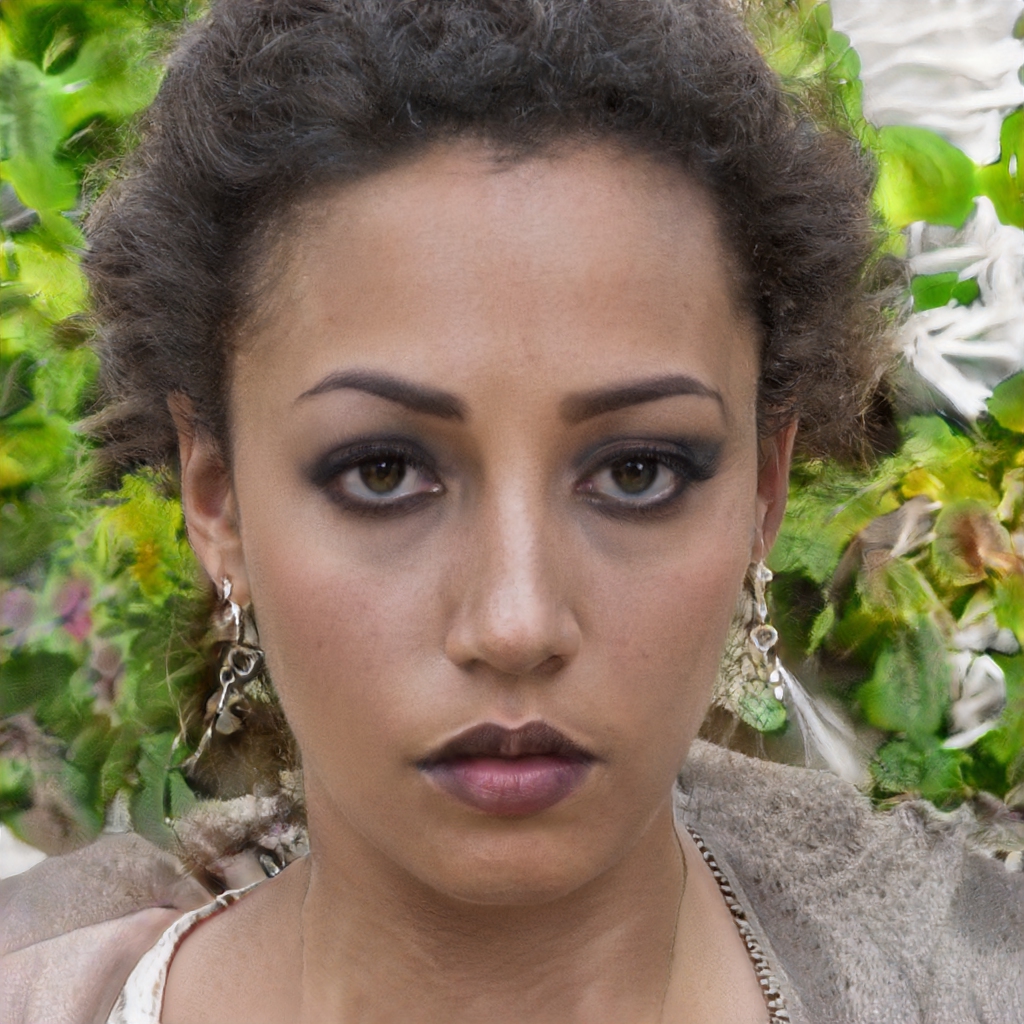Learning a few do-it-yourself tricks will allow you to achieve some really special photo effects without professional equipment
Imagination is one of the most important components of photography. I know you're thinking that you don't lack inspiration, but it's the right tools to express yourself at your best that are in short supply. What if we told you that everything you need is easily found in any home?
Sheldon Evans is a young South African photographer who certainly does not lack imagination, but also the art of "making do" with what surrounds him to take very original images. He doesn't have a 'softbox', problem solved. Would you like to make a slightly peculiar video that flows to capture the entire subject? Solved. He got it into his head that he wanted to get a fake 'bokeh' effect, and he succeeded. And how about an effect that plays with glow and light, or the warmer one of a photo that simulates an old film burned by use? Here are, in short, five ingenious solutions, to try now.
Homemade softbox
A softbox - in photographic jargon - is a tool that can control the shape and direction of light with the aim of making it softer, softer and more homogeneous. It is used, like the umbrella, mainly to soften the effect of the flash or that of a particularly bright day when you want to shoot a portrait or when shooting an event such as a wedding. Sheldon, had neither a softbox nor a photographer's umbrella at home, and used a white plastic bag inflated balloon-like instead. He placed it in front of the flash and the shot came out great, with just the right light.
Moving Video
Sheldon's second feat was to shoot a video with the subject still but with a horizontal motion effect that shot him from right to left. He could have done it without any gimmicks, but freehand never produces exciting results, even for experienced photographers: the risk is shakiness and jerking. Our South African photographer goes into the bathroom, takes a towel, places it on a coffee table and places his camera on it. He starts shooting while dragging the towel with the camera on it in front of his friend stretched out on the couch. Not a bad result.
Fine bokeh effect
Bokeh is a Japanese term that refers to a controlled blurring of the image and serves a dual purpose. The first is to guide the viewer's eye to focus exclusively on the subject or even on a particular detail. Secondly, it manages to create artistic, magical and surreal effects by transforming light rays into bubbles. A photographer is able to achieve the bokeh effect by focusing on the subject and opening the diaphragm as much as possible. He then plays with distances to modulate the effect. Sheldon did none of this. He grabbed his Mac, searched for an image with colored bubbles, put the Spiderman action figure on the keyboard in front of the screen and snapped his photo.
"Lens flares"
The lens flare phenomenon - in Italian "lens reflection" - occurs when there are very strong light sources in the frame or light penetrates sideways relative to the sensor. Photographers have always tried to avoid this "unwanted" effect because it ruined the shot with the presence of light spots of different shapes, stripes, and a general loss of contrast. It was never an intended effect, it just happened. It's an effect that, however, has its advantages: enhancing the artistic sense of a photograph. Sheldon was able to reproduce it by using a blank CD and moving it in front of the camera lens to create effects that are as original as they are unpredictable.
Film burn
It's funny to think that what many filmmakers, projectionists and photographers in the past considered a "scourge" - such as scratched, smudged, burned, overexposed or sunburned film - is now a popular effect. We're talking about "film burn," an image once destined to be discarded because it was marred by halos reminiscent of the color of fire. Guess how Sheldon recreated it? With a simple match that he moved in front of the lens as he shot. Again, an effect (and trick) to try.
